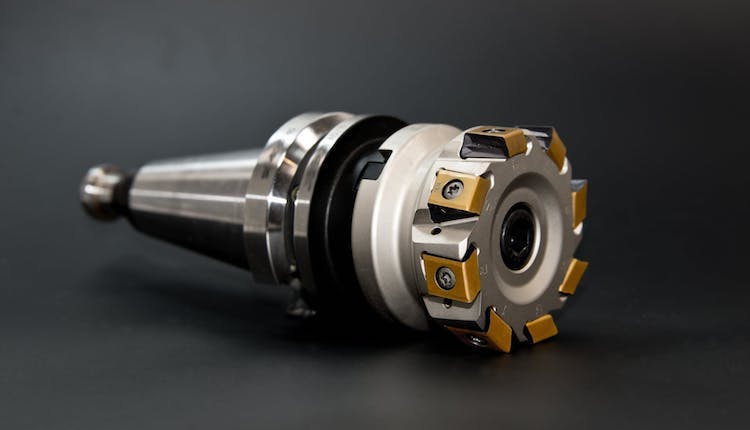By J W Jackie
RENO, Nevada, USA (IDN) – 3D printing is a mode for construction that is continuing to break out and pervade through numerous industries. Forbes reported that in 2019 80 percent of enterprises claim 3D printing is allowing them to innovate faster, reducing costs for production and allowing for greater flexibility of their products’ design.
On the one hand, this developing technology permits the freedom to formulate complex geometric figures free from the restraint of machine or injection moulding. On the other, it is faced with limits in the form of small build chambers lofts and restricted resource compatibility.
3D printing is also raising concerns when considering how the reproduction of copyrighted and patented products impacts current intellectual property standards. As developing technologies grow in prominence on a global scale, properly contextualizing 3D printing and its centrality to production enterprises is integral for understanding the impact additive manufacturing will have on commercial industry and the autonomy of consumers.
Dubbed the “additive manufacturing” industry, in 2016 nearly 500,000 3D printers were sold and distributed to manufacturers, with 6.7 million units projected to ship by 2020. As printing technology continues to spread and normalize within a variety of mechanical industries, the focus on automated production coinciding with IT interaction is setting Industry 4.0 as the next large movement in manufacturing innovation.
Characterized by a union between interlinked technology, mediated by computers engaged in autonomous communication with one another, Industry 4.0 has been established and embraced by industrial enterprises as the current wave of industrial development. In conjunction with IoT advancements and machine learning, additive manufacturing is becoming adaptable and integrable within corporate environments and domestic scenes, such as kitchens and entertainment spaces.
The streamlining of advanced autonomous cooking and its varied use within realms of space travel or intricate design showcase the widespread utility additive manufacturing will hold in the near future.
Effects on supply chain
Additive manufacturing shows the potential to reduce costs and increase efficiency within current models of supply chain production. As opposed to creating products based on anticipated demands, the speed and agility of 3D printing allows for items to be produced per order. It is projected that the need for retailers could be eliminated entirely, instead serving as a conduit between consumers and manufacturers.
While such a drastic alteration to traditional supply chain models may seem too disruptive, new fields of logistics will arise as a result of having to monitor and delegate raw material distribution for printers. 3D printing also has the potential to significantly decrease the quantity of waste produced during the manufacturing process.
Companies such as CFM International, renowned for 3D printing the LEAP jet engine fuel nozzle, have utilized the ergonomics of additive manufacturing to minimize the creation of individual parts to their units, cutting fuel consumption and CO2 emissions by 15 percent. 3D printing’s impact on industrial production is proving to be beneficial, both for cost and conservation.
Where 3D printing stands with IP
The freedom which 3D printing promotes for manufacturing patented designs places this developing and disruptive mode for production in a creative grey area. According to the UK Intellectual Property Office’s “3D Printing and Intellectual Property Futures report”, access to additive manufacturing for consumers is encouraging a new “prosumer” to develop; such a person could be characterized as having a constructive approach towards modifying or repairing consumer products through the propensity granted from access to a 3D printer.
Such accessibility has the potential to help integrate low-income consumers of young economies into established global markets. If the models produced based off protected designs are not used for mass commercial gain, then infringement of intellectual property is not considered an issue. Additive manufacturing is developing into an open platform for production which promotes autonomy and active engagement with production among general consumers.
Going forward, companies are growing confident in progressing 3D printing technology beyond the prototype phase. With the potential to cut back on both cost and waste emission, additive manufacturing has the potential to become an expendable facet to industrial and commercial enterprise. [IDN-InDepthNews – 29 June 2019]
Photo: Brass and Stainless Steel Metal Tool. Credit: Pixabay
SUPPORT US in Speaking Out for People, Planet and Peace.
IDN is flagship agency of the International Press Syndicate.
facebook.com/IDN.GoingDeeper – twitter.com/InDepthNews
Send your comment: comment@indepthnews.colo.ba.be
Subscribe to IDN Newsletter: newsletter@indepthnews.colo.ba.be

